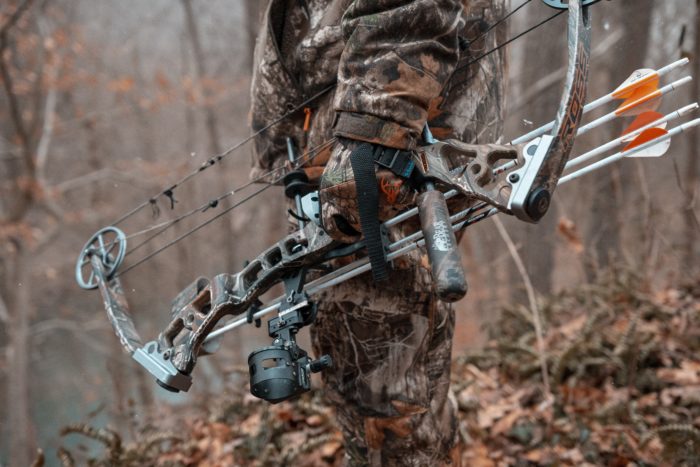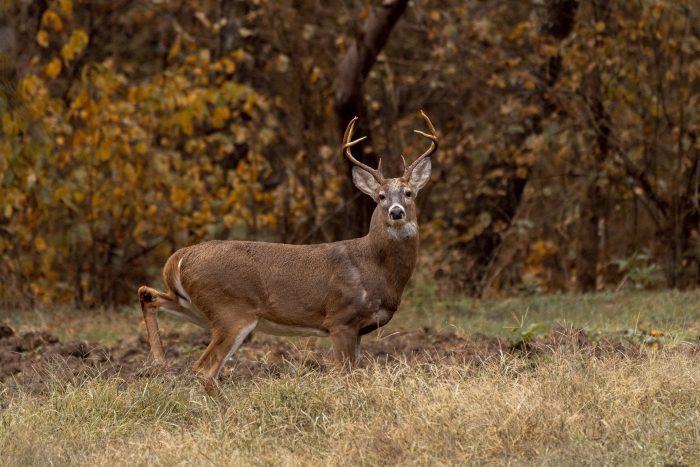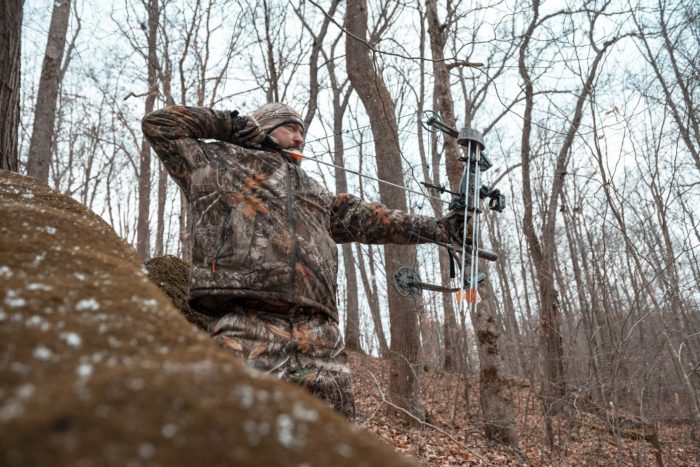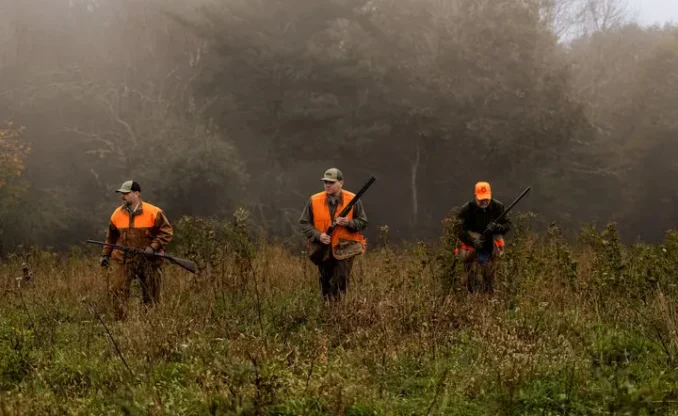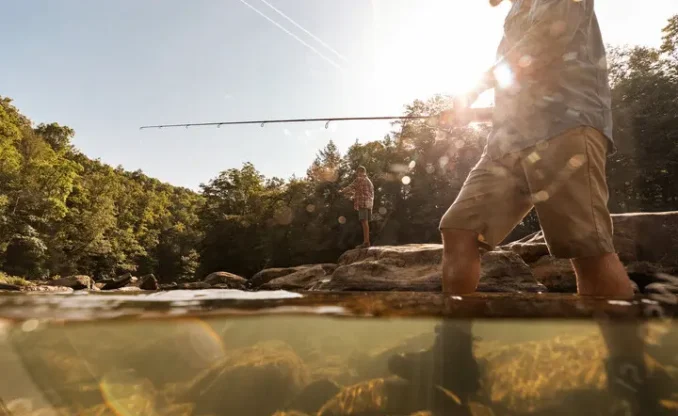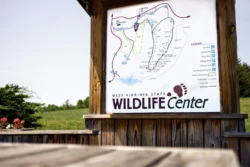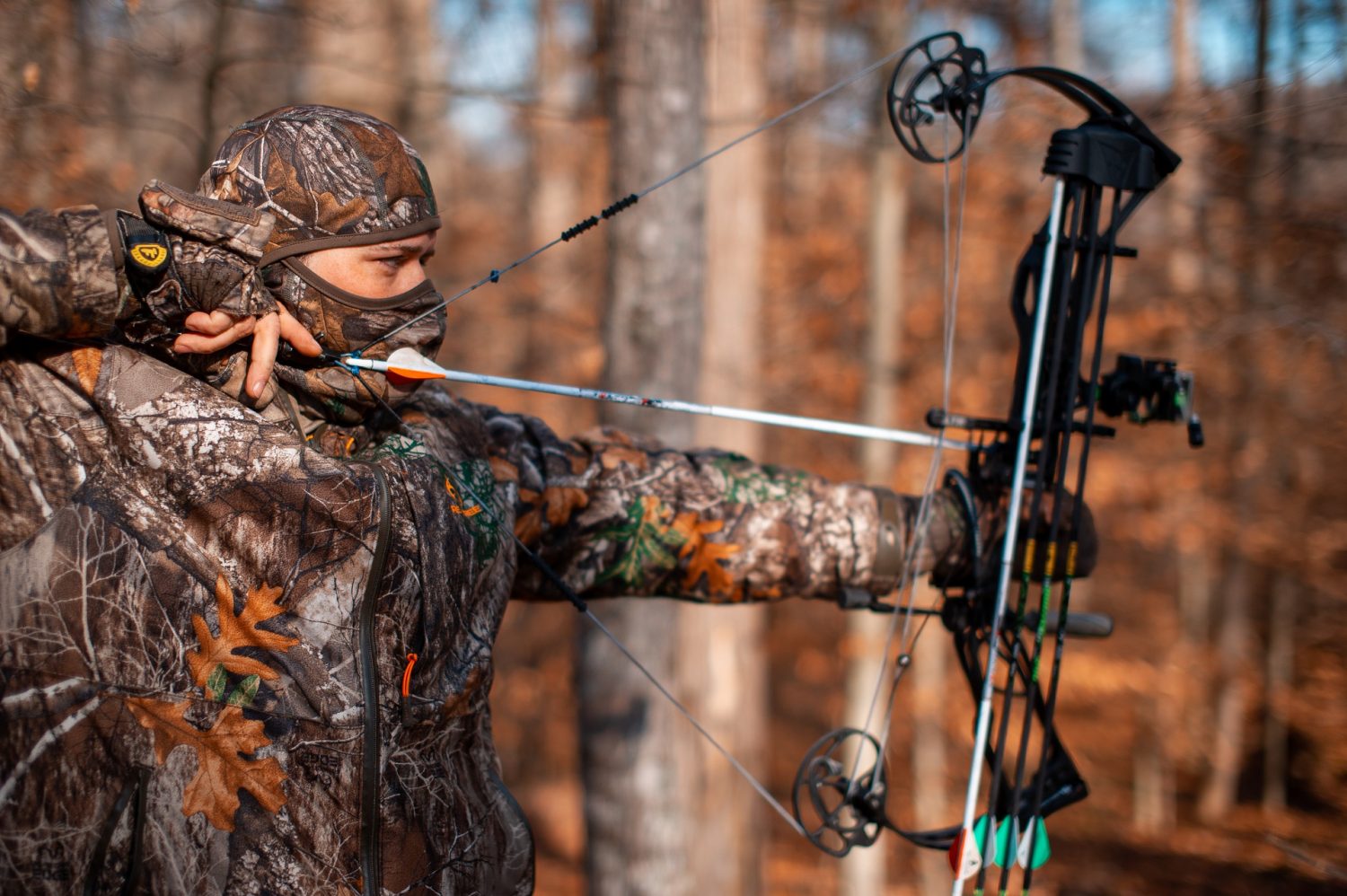West Virginia’s archery season opens each year on the last Saturday in September. This early season opening date allows archers opportunities to pattern wildlife as they use both soft and hard mast food sources. Wildlife movement can be very predictable at this time of year. Hunters should consult the Mast and Hunter Outlook Survey published annually by the Division of Natural Resources.
With the buck firearms season not opening until the Monday before Thanksgiving, archers hunting white-tailed deer have a chance to hunt the peek movement periods of late October’s pre-rut and the November rut. Hunters looking for an opportunity to chase trophy-class bucks may want to consider the following wildlife management areas that require all antlered bucks to have an outside antler spread of at least 14 inches. These areas include McClintic, Beech Fork Lake, Bluestone Lake, Burnsville Lake, Little Kanawha River and Coopers Rock and Calvin Price State Forest. Additional opportunities may be found at the Big South, Tomblin and Laurel Lake wildlife management areas located in the southern bow hunting-only counties.
Archery can be a great way to introduce family members or friends to hunting. Bowhunters can take advantage of beautiful fall weather and long evenings. However, first-time hunters may want to visit an archery pro shop to make sure their equipment fits their needs. Everyone should use a safety harness and lifeline when hunting from a tree stand.
A class Y/YY permit allows a qualified person with a disability to hunt with a crossbow during designated archery seasons.
For specific hunting season dates, bag limits other information, go the current Hunting and Trapping Regulations Summary.
The West Virginia Division of Natural Resources (DNR) also offers the Archery in Schools Program, which is committed to partnering with schools across the state. Through this program, physical education students will be given an opportunity to become involved in a life skill that has no barriers.
